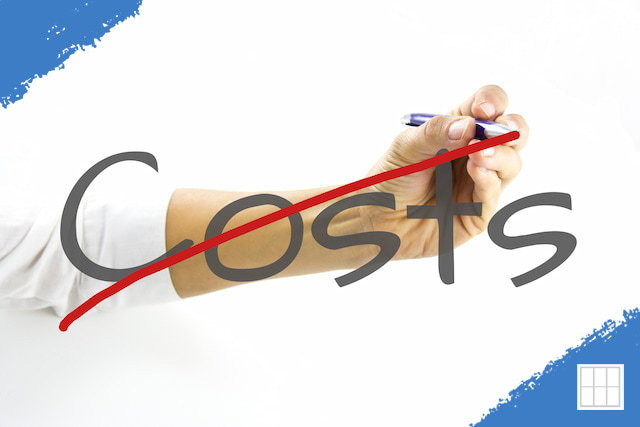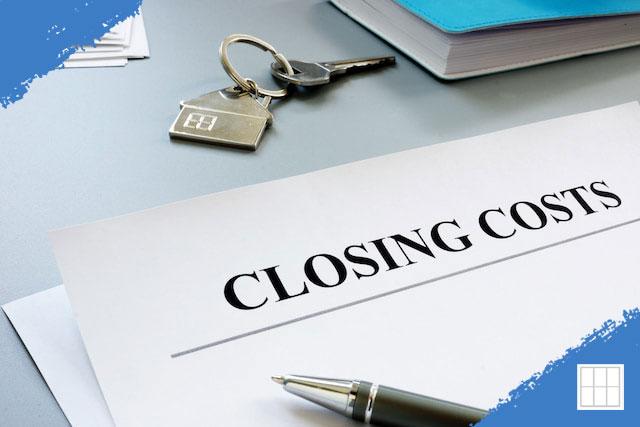When looking to refinance, a homeowner has several rate and cost options to choose from…

What are Mortgage Points?
Some homeowners purchase mortgage points, commonly called “origination points” or “discount points,” to reduce the interest they pay. Most of us will spend the most money on purchasing a home, so anything that might lower the mortgage cost is worthwhile. In addition, to negotiating the best purchase price and looking for the cheapest mortgage rates.
How do mortgage points work?
Mortgage points provide a way for borrowers to reduce the interest rate on their mortgage, called “buying down” the interest rate. Paying one point equals one percent of the loan amount. For example, if you borrow $300,000, one point would be $3,000, which is used to buy down the interest rate.
Typically, you’ll need to pay points to get a lower interest rate. However, there are cases where it may not make sense to pay points, such as not keeping your real estate long enough to recoup that investment. If you’re unsure whether purchasing points are right, speak with a mortgage lender about your specific situation.
Borrowers can buy down the interest rate in 0.125 percent increments. How much each point lowers the interest rate can vary daily and depend on the overall interest rate environment and your credit score. The type of mortgage loan will also impact the rate-reducing power of mortgage points.
You can pay them at closing on a home purchase or finance them into the mortgage balance with refinancing. You can find the points you pay disclosed on the loan estimate, which borrowers receive after applying for a mortgage. Points will also be on the closing disclosure, which borrowers receive at least 3-days before the loan closing.
Origination fees vs. Points
The mortgage origination fee differs from origination or discount points. They are fees charged by the lender to originate and process your loan. Origination fees typically cost 1 percent of the total mortgage. So, if a lender charges a one percent origination fee on a $250,000 home loan, the borrower must pay $2,500.
Origination fees differ from discount points because they do not directly reduce the loan’s interest rate. Some loan officers allow borrowers to get loans with no or reduced closing costs but compensate for higher interest rates or other fees.
Origination Points or Discount points
Mortgage origination or discount points are a way of reducing your overall interest charges. When you pay points, you reduce the interest rate of your loan.
Reducing the loan’s interest rate can lower your monthly payment. However, keep in mind this requires paying point(s). Typically, paying points is beneficial if you plan to live in a home for a long time. The longer you live in the house, the more benefit you’ll get from paying for points.
Mortgage discount points vs. APR
The APR measures how much interest you’ll pay over time, including your interest rate and any origination or discount points or fees associated with the loan. The APR allows you to choose a loan wisely when comparing loans. The lower the APR, the cheaper the cost of credit is. This can contribute significantly towards whether one loan becomes more expensive than another based solely on these factors!
Example of how mortgage points work
After making the down payment and closing costs, and you can afford to pay points, you will cut your monthly mortgage payments, which could save you a lot of money. It’s important to stay in the house long enough to recover the costs incurred to reduce the interest rate. Buying mortgage points could be a money-loser if you sell the home within a few years, refinance the mortgage or pay it off.
As an example, consider the cost savings that discount points can make on a $300,000, 30-year, fixed-rate mortgage:
| Loan | Rate | Points % – $ | Payment | Total Interest | |
|---|---|---|---|---|---|
| Option 1: | $300,000 | 5.00% | 0%-$0 | $1,610.46 | $279,770 |
| Option 2: | $300,000 | 4.75% | 1%-$3,000 | $1,564.94 | $263,380 |
| Differences | $3,000 | $45.52 | $16,390 |
In this example, the borrower paid one point, or 1 percent of the loan amount, or $3,000. By buying one point for $3,000, the borrower’s interest rate dropped from 5.000 percent to 4.750 percent, lowering the monthly payment by $45.52 and saving them $13,389.57 ($16,389.57 – $3,000) in interest over the life of the loan.
However, to save the entire $13,389.57, the borrower would have to live in the home for the whole 30-year term and never refinance. The borrower would begin to save $45.52 monthly after the 66 months (see how to calculate breakeven point below) until the property is sold or refinanced.
How to calculate the breakeven point
You would divide the upfront cost of the discount points by the monthly savings to determine the “breakeven point.” For example, $3,000 / $45.52 = 66 months to breakeven.
The breakeven point shows that the borrower would have to stay in the home for 66 months, or five and a half years, to recover the cost of the discount points.
In other words, you would need to plan on keeping the property for longer than 66 months to benefit from paying points.
You can use Metropolitan Mortgage’s mortgage point calculator to determine if paying mortgage points will save you money.
Are mortgage points beneficial for you?
Purchasing mortgage points is a strategy to lessen your loan’s overall cost and monthly payment. If you intend to live in the house for an extended period of time, it makes the most sense, and the money you’ll save each month will likely make up for the expense.
Of course, paying points will likely lose you money if you don’t plan to stay in a home for a long time. Carefully consider the term of ownership before paying points.
Paying points versus a larger down payment
You might wonder whether to put money toward points or a larger down payment. Typically, with a larger down payment, you can often get a lower interest rate. The additional expense of PMI may also be avoided if you reach the 20% down payment threshold.
A larger down payment can get you a better interest rate because it lowers your loan-to-value ratio, or LTV, the size of your mortgage compared with the home’s value.
Borrowers should consider all the factors before paying points. Such as how long they plan to stay in the home, size and location of the house, employment situation, schooling for children, and then figure out how long it would take to break even.
Are mortgage points tax-deductible?
Points used to buy down the mortgage interest rate are tax-deductible up to a $750,000 mortgage for homeowners who bought a property after Dec. 5, 2017. People that purchased a home prior to this date can receive a deduction up to $1 million
However, unless you meet a host of IRS requirements, you can’t deduct all the points in the same tax year. Instead of being applied all at once, the points are subtracted throughout the course of the loan. On the other hand, Origination fees are not tax-deductible. “Points that are charges for lenders services can’t be deducted.”
Consult your tax professional about what homebuying expenses are tax-deductible, and make the best financial decision for you!



